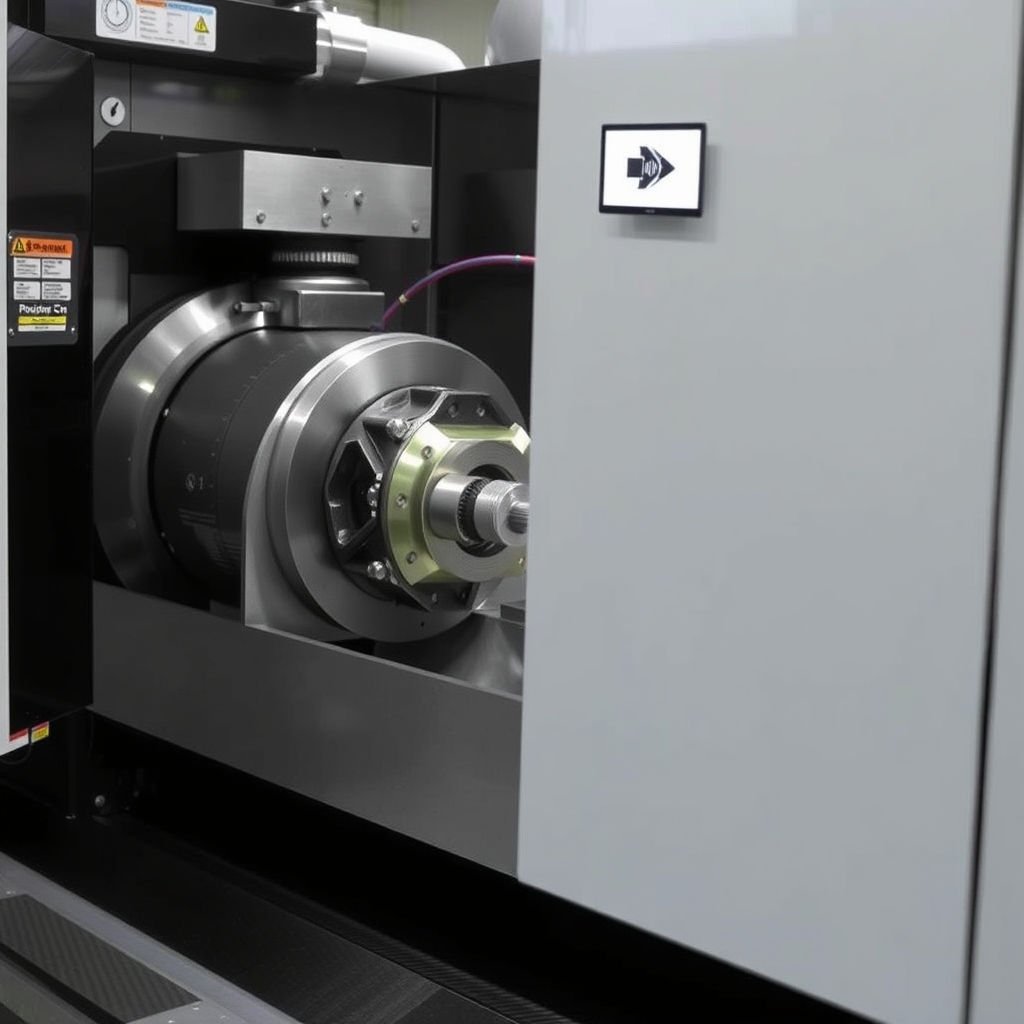
- +8615586668226
- [email protected]
- Nr. 30, Hongbang pramonės parkas, Shenzhen

Milling isn’t just cutting metal—it’s about maximizing performance. The choice between climb (down) and conventional (up) milling impacts:
With industries like aviacijos ir kosmoso, automobilių, ir medicinos prietaisai demanding micron-level precision, selecting the optimal method is non-negotiable.
Climb milling, or down milling, involves the cutter rotating in the same direction as the workpiece feed. This method starts with maximum chip thickness, reducing friction and heat for smoother cuts.
In conventional (up) milling, the cutter rotates against the feed direction. It’s ideal for rough surfaces, castings, and manual machines.
| Veiksnys | Climb Milling | Conventional Milling |
|---|---|---|
| Chip Thickness | Starts thick, tapers to zero | Starts thin, increases gradually |
| Įrankių naudojimo trukmė | Longer (less heat) | Shorter (more friction) |
| Workpiece Forces | Downward (stabilizing) | Upward (requires strong clamping) |
| Geriausia | Soft metals, finishing passes | Hard materials, roughing |
A manufacturer of aerospace brackets switched to climb milling on a 5-axis CNC machine, achieving:
Which method is better for titanium alloys?
Climb milling is preferred for titanium’s low thermal conductivity, minimizing heat buildup.
Can I use climb milling on a manual machine?
Avoid it—backlash risks tool pull-in. Stick to conventional milling for safety.
How does material thickness affect the choice?
Thin materials (<6 mm) benefit from climb milling’s stabilizing forces.
Is conventional milling outdated?
No—it’s indispensable for roughing cast iron or Sunkioji įranga dalys.
Ready to optimize your CNC operations? Susisiekite su mumis for tailored machining solutions!
Adresas
Nr. 30, Hongbang pramonės parkas, Šenženas
Telefonas
+86 15586668226
Sužinokite naujausias tendencijas ir faktus apie CNC gamybą iš mūsų tinklaraščio.
Shenzhen Runkey Precision Technology Co. Ltd, "Tensun Group" dukterinė įmonė, yra jūsų patikimas vieno langelio sprendimas individualiai gamybai nuo prototipų kūrimo iki gamybos.Jūsų idėją paversti realybe naudojant skaitmeninius gamybos išteklius, supaprastintus procesus, ekspertų konsultacijas, pagreitintus terminus ir bekompromisę kokybę.
©2024. Visos teisės saugomos.